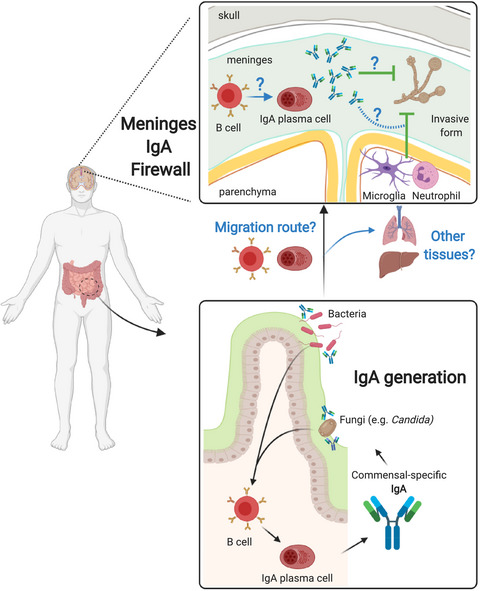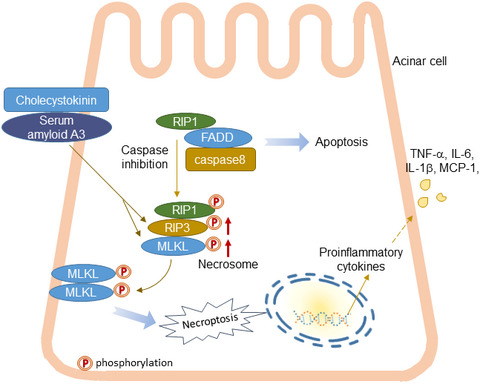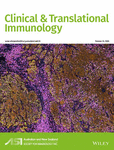Journal list menu
Export Citations
Download PDFs
Issue Information
EDITORIAL
Immunology & Cell Biology’s Top 10 original research articles 2019–2020
- Pages: 6-8
- First Published: 05 January 2021
NEWS AND COMMENTARIES
Assaulting macrophages with external forces
A sprinkle of salt in the pressure cooker of innate immunity and inflammation
- Pages: 9-12
- First Published: 03 November 2020
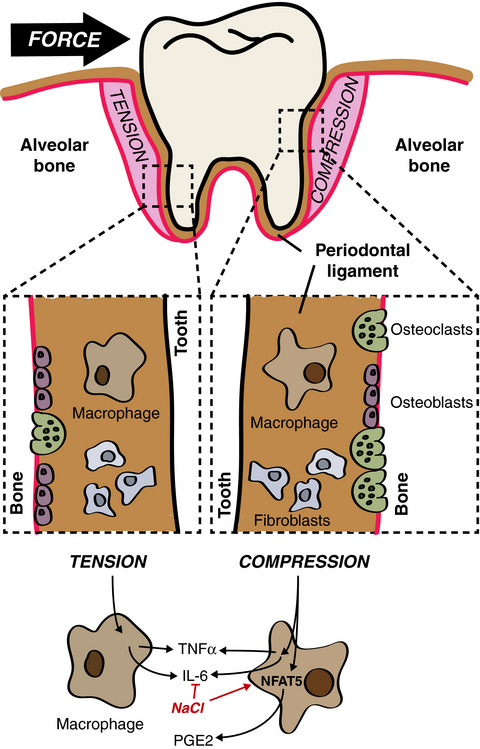
In this issue, Schroder et al. assess the impacts of mechanical strain and salt on macrophage inflammatory responses in vitro. They demonstrate a complex role for the transcription NFAT5 in cytokine release in response to stress, strain and salt in the context of orthodontic treatments.
See also Schröder et al
Can eosinophils in adipose tissue add fuel to the fire?
- Pages: 13-16
- First Published: 09 November 2020
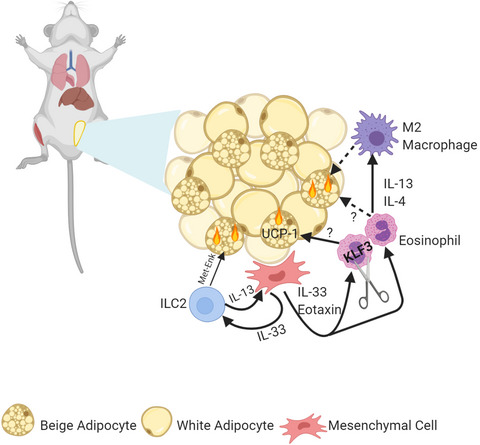
In inguinal adipose tissue, beige adipocytes are interspersed among white adipocytes and in close communication with dynamic populations of immune cells. Recent data have demonstrated that anti-inflammatory macrophages (M2) increase thermogenic activity of beige adipocytes, although the mechanism is currently under debate. ILC2, cells via secretion, of methionine enkephalin peptide were found to be able to increase beige thermogenesis. Knights et al. have recently generated a whole-body knock-out of KLF3 (KLF3-/-) to explore its contribution to thermogenesis and weight gain in a diet-induced obesity animal model.
B cells on the brain: meningeal IgA and a novel gut–brain firewall
- Pages: 17-20
- First Published: 27 October 2020
REVIEW
Antibody detection assays for COVID-19 diagnosis: an early overview
- Pages: 21-33
- First Published: 30 August 2020
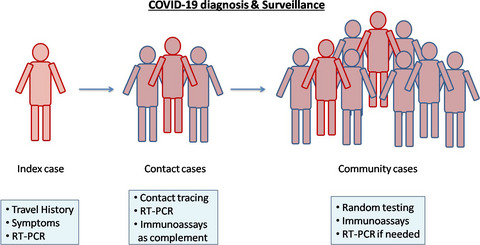
In the current coronavirus disease 2019 (COVID-19) pandemic, sharing the ongoing research findings could be the key to disease control and management. The objective of this review is to share the diagnostic performance of various immunological assays reported so far in severe acute respiratory syndrome coronavirus 2 case detection worldwide.
ORIGINAL ARTICLES
Serum amyloid A3 is required for caerulein-induced acute pancreatitis through induction of RIP3-dependent necroptosis
- Pages: 34-48
- First Published: 28 July 2020
Migratory cues controlling B-lymphocyte trafficking in human lymph nodes
- Pages: 49-64
- First Published: 01 August 2020
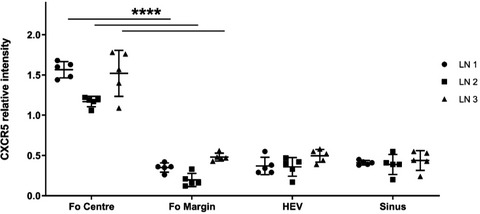
Our study shows that in human lymph nodes (LNs) CXCR5 expression by B cells is dynamically regulated. Our data suggest that the migration of B cells into different LN areas is associated with changes in CXCR5 expression, whether during migration of naïve B cells from the high endothelial venules into the perifollicular regions, during localization to primary follicles, during egress via cortical sinuses or during activation and subsequent differentiation processes.
Systemic administration of IL-33 induces a population of circulating KLRG1hi type 2 innate lymphoid cells and inhibits type 1 innate immunity against multiple myeloma
- Pages: 65-83
- First Published: 04 August 2020
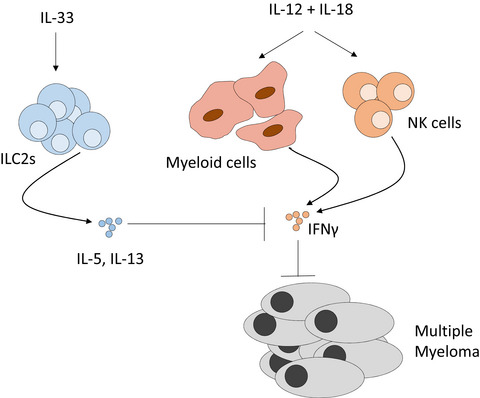
Multiple myeloma growth is associated with altered phenotype and function of type 2 innate lymphoid cells (ILC2s) in the bone marrow. In this study, we showed that treatment with the ILC2-activating cytokine interleukin (IL)-33 inhibits type 1 immune responses to IL-12 and IL-18 and facilitates myeloma growth.
Impact of salt and the osmoprotective transcription factor NFAT-5 on macrophages during mechanical strain
- Pages: 84-96
- First Published: 04 September 2020
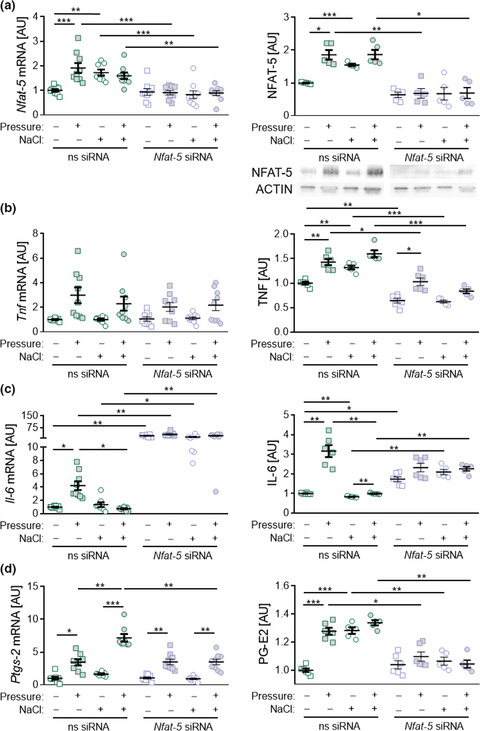
In this study, we showed that salt has an impact on the expression profile of macrophages as a reaction to compressive and tensile strain that occur during orthodontic tooth movement. This effect was mediated via nuclear factor of activated T cells-5 (NFAT-5), which seems to play a regulatory role in mechanotransduction of compressive strain.
See also News and Commentary by Sweet et al
SHORT COMMUNICATIONS
Immune profiling of influenza-specific B- and T-cell responses in macaques using flow cytometry-based assays
- Pages: 97-106
- First Published: 01 August 2020

Nonhuman primates (NHPs) are an integral part of translational immunology and the development of effective vaccines and therapeutics. However, the analysis of antigen-specific B and T cells is often overlooked. This work describes and validates two assays for the quantitative and qualitative analyses of influenza virus-specific B and T cells in cynomolgus macaques as well as their applicability in other macaque species. It further demonstrates the use of a human cytometric bead array kit in detecting inflammatory cytokines and chemokines from cynomolgus macaques to assess cytokine/chemokine milieu. Collectively, our study defines novel and broadly applicable assays for the antigen-specific analysis of B and T cells in NHPs that could aid the development and translation of effective vaccines and therapeutics.
Lipoic acid modulates inflammatory responses of monocytes and monocyte-derived macrophages from healthy and relapsing-remitting multiple sclerosis patients
- Pages: 107-115
- First Published: 06 August 2020
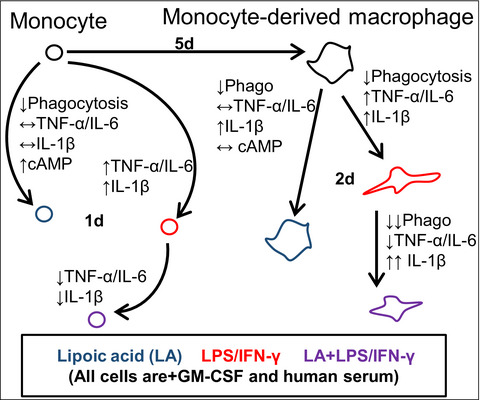
In this study, we found that treatment with lipoic acid (LA) resulted in a generally less inflammatory phenotype of monocytes and monocyte-derived macrophages (MDMs) in healthy control and multiple sclerosis samples. Specifically, LA inhibited monocyte secretion of cytokines relevant to multiple sclerosis [tumor necrosis factor-α (TNF-α), interleukin (IL)-6 and IL-1β]; effects on secretion of these cytokines in MDMs were mixed with inhibition of TNF-α and IL-6, but stimulation of IL-1β. Finally, LA inhibited phagocytosis in both monocytes and MDM, and increased cyclic adenosine monophosphate levels in monocytes.





